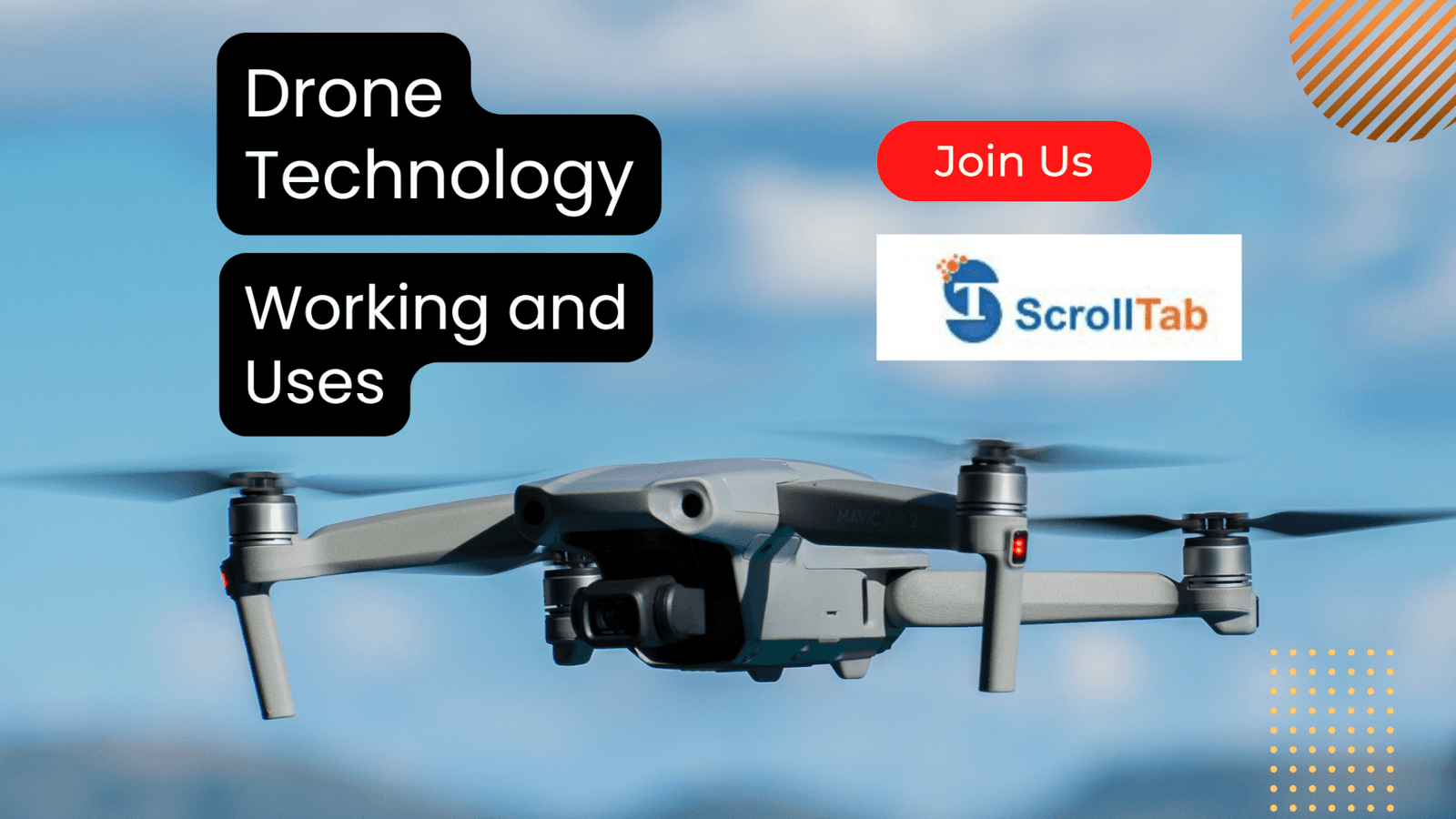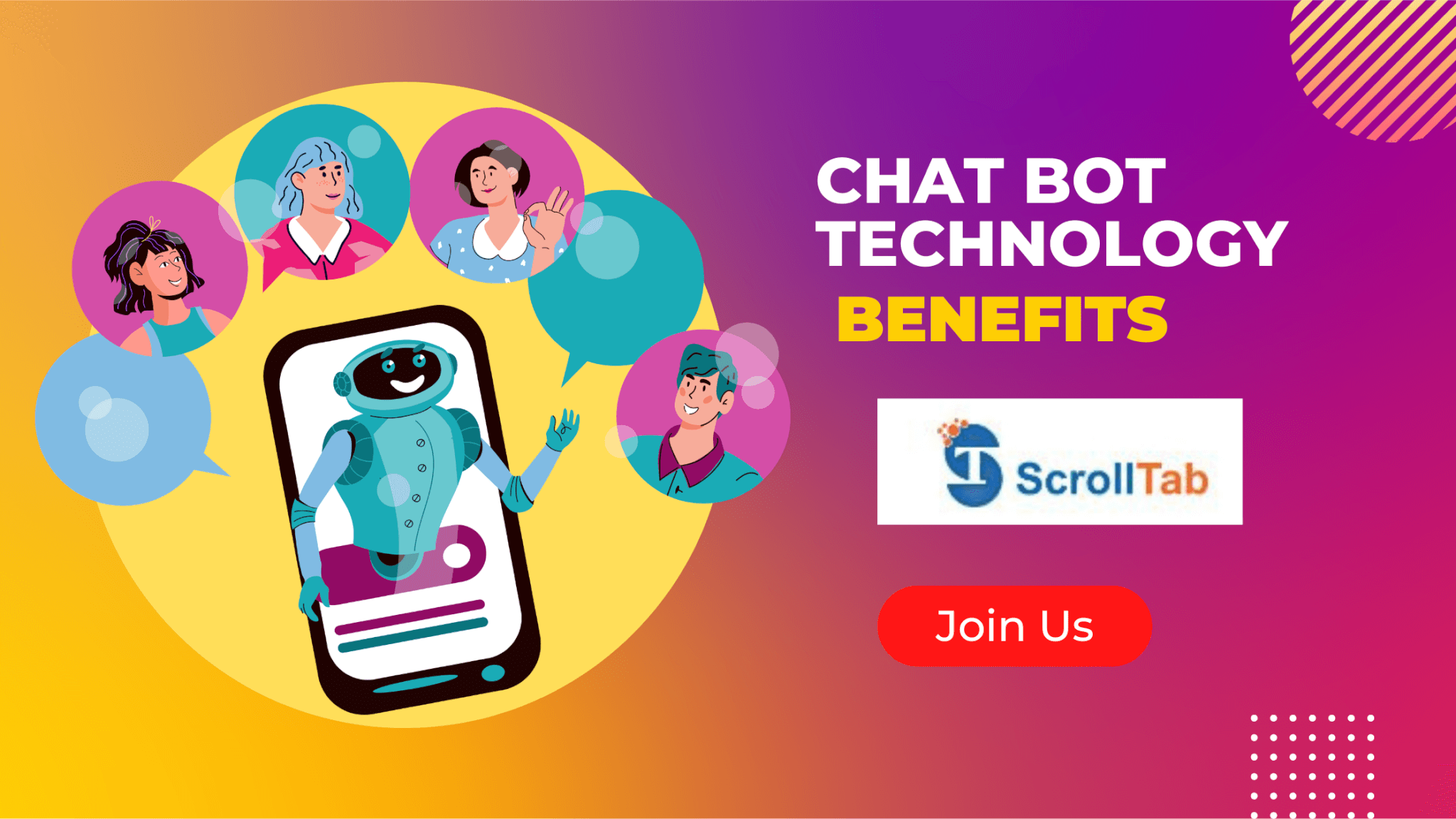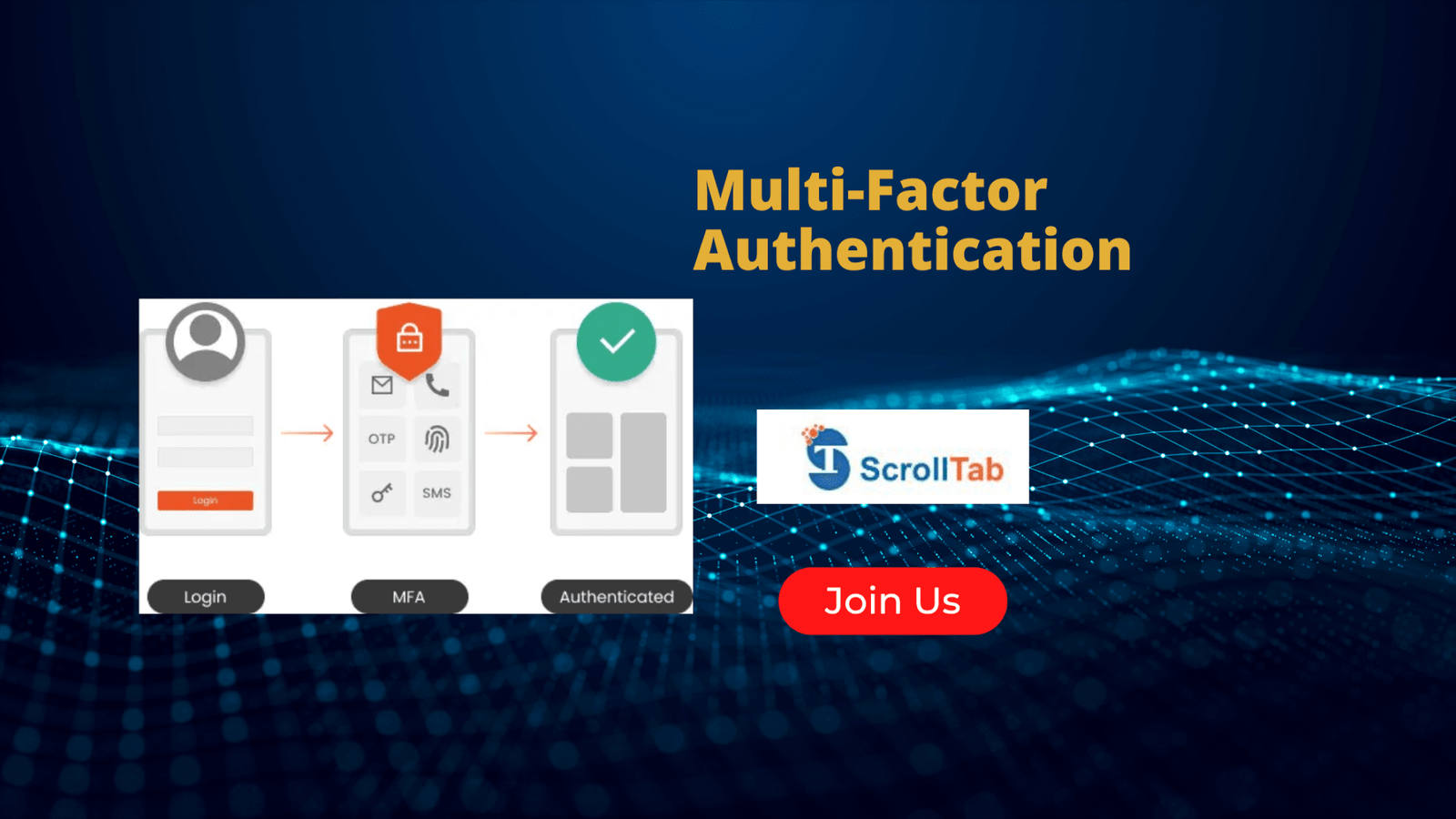Connecting the world: The expanding reach of the Internet of Things
The Internet of Things (IoT) is a rapidly growing network of interconnected devices, sensors, and systems that can communicate and share data with one another. From smart thermostats and security cameras to industrial machinery and transportation systems, the reach of the IoT is expanding rapidly.
One of the key drivers of the growth of the IoT is the increasing affordability and accessibility of connected devices. As the cost of technology continues to decline, more and more devices are being equipped with internet connectivity, enabling them to exchange data and communicate with one another.
The expanding reach of the IoT is having a transformative impact on a wide range of industries, including healthcare, transportation, manufacturing, and agriculture. In the healthcare industry, for example, connected devices such as wearable fitness trackers and smart pills can track a patient’s health and send real-time data to their healthcare provider, enabling more personalized and proactive care. In the transportation sector, connected vehicles and intelligent traffic systems are improving safety and efficiency on the roads.
The IoT is also enabling new business models and increasing efficiency in the manufacturing industry. For example, connected factories and supply chains can track the location and status of equipment and materials in real-time, enabling more efficient production and faster turnaround times. In agriculture, connected sensors and devices can monitor crop health and optimize irrigation and fertilization, leading to higher crop yields and reduced waste.
“Smart homes, smart cities: The practical applications of IoT”
In smart homes, IoT technology can be used to automate and control a wide range of household functions, including lighting, temperature control, security, and appliance usage. For example, smart thermostats can learn a homeowner’s preferred temperature settings and adjust the heating and cooling accordingly, while smart lights can be programmed to turn on and off at certain times of day or in response to certain triggers. Smart security systems can use IoT technology to detect intrusions and alert homeowners, while smart appliances can be controlled and monitored remotely using a smartphone app.
Smart cities, on the other hand, are designed to use IoT technology to improve the quality of life for citizens and make urban environments more efficient and sustainable. This can be achieved through the use of sensors and other IoT devices to monitor and manage traffic flow, public transportation, waste management, and energy consumption. For example, smart traffic systems can use sensors to detect congestion and adjust traffic signals accordingly, while smart waste management systems can use IoT technology to optimize pickup routes and reduce landfill waste.
Overall, the practical applications of IoT in smart homes and smart cities are vast and varied, and this technology has the potential to greatly improve the efficiency, convenience, and sustainability of our daily lives. As the adoption of IoT technology continues to grow, we can expect to see even more innovative and practical applications in the future.
“Revolutionizing industries: The impact of IoT on transportation, healthcare, and more”
The Internet of Things (IoT) is having a significant impact on a wide range of industries, revolutionizing the way we work and interact with the world around us. In the transportation industry, for example, IoT technology is being used to improve the efficiency and safety of vehicles, as well as to enhance the customer experience.
One way that IoT is being used in transportation is through the development of connected and autonomous vehicles. These vehicles rely on sensors, GPS, and other IoT technology to navigate roads, avoid obstacles, and make decisions in real-time. This not only improves safety, but it also has the potential to reduce traffic congestion and fuel consumption. In addition, IoT technology is being used to monitor and optimize fleet operations, such as tracking vehicle performance, scheduling maintenance, and improving routing and dispatch efficiency.
In the healthcare industry, IoT is being used to improve patient care and streamline processes. For example, wearable devices and remote monitoring systems can be used to track vital signs and alert healthcare providers to potential issues. IoT technology can also be used to automate and improve the supply chain, by tracking the movement of medical equipment and supplies.
“Navigating the challenges: Ensuring privacy and security in the IoT landscape”
As the Internet of Things (IoT) continues to expand and become more integrated into our daily lives, it is important to consider the challenges that come with this technology, particularly in regards to privacy and security.
One of the main challenges with IoT is the sheer amount of data that is being collected and transmitted. As more and more devices are connected to the internet, the volume of data being generated and shared increases exponentially, creating a potential goldmine for hackers and other cybercriminals. In addition, many IoT devices are vulnerable to attacks due to a lack of strong security measures, making them an attractive target for those looking to access sensitive information or disrupt services.
Another challenge with IoT is the potential for personal data to be collected and used in ways that may infringe on an individual’s privacy. For example, a smart home device may collect data on a person’s daily routines and habits, which could be sold to third parties or used for targeted advertising. This raises concerns about who has access to this data and how it is being used.
To address these challenges, it is important for companies and individuals to prioritize security and privacy in the design and use of IoT devices. This may involve implementing strong passwords and encryption, as well as regularly updating firmware and software to address vulnerabilities. In addition, it is important to carefully consider what data is being collected and shared, and to ensure that proper consent is obtained before collecting or using sensitive personal information.
“Importance of device-enablement platforms in the IoT landscape”
Device-enablement platforms are an important component of the Internet of Things (IoT) landscape, as they provide the infrastructure and tools necessary to connect, manage, and optimize IoT devices. These platforms are designed to support the entire lifecycle of IoT devices, from development and deployment to maintenance and decommissioning.
One of the main benefits of device-enablement platforms is that they provide a single point of control and management for IoT devices, allowing organizations to easily monitor and manage large numbers of devices from a single location. This can greatly improve efficiency and reduce the cost of managing IoT deployments.
In addition, device-enablement platforms often include tools and APIs for integrating IoT devices with other systems and applications. This can enable organizations to leverage the data and functionality of their IoT devices in new and innovative ways, such as by integrating them with business processes or creating custom applications.
Another important aspect of device-enablement platforms is their ability to support the security and privacy of IoT devices. Many platforms include features such as encryption, authentication, and authorization to help protect against cyber threats and ensure the privacy of data.
Overall, device-enablement platforms are an essential component of the IoT ecosystem, providing the necessary infrastructure and tools to connect, manage, and optimize IoT devices. As the adoption of IoT technology continues to grow, the importance of these platforms is likely to increase as well.
Takeaway
In conclusion, the Internet of Things (IoT) is a rapidly evolving technology that has the potential to revolutionize a wide range of industries and improve the efficiency, convenience, and sustainability of our daily lives. While there are challenges to be addressed, particularly in regards to privacy and security, the practical applications of IoT in smart homes, smart cities, transportation, healthcare, and more are vast and varied.
Device-enablement platforms play a critical role in the IoT ecosystem, providing the necessary infrastructure and tools to connect, manage, and optimize IoT devices. As the adoption of IoT technology continues to grow, we can expect to see even more innovative and transformative applications in the future.



















